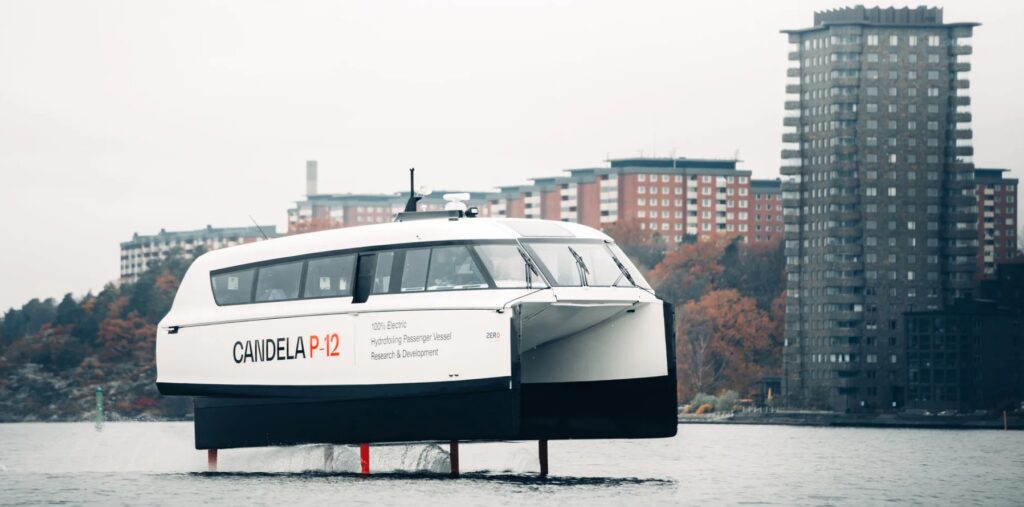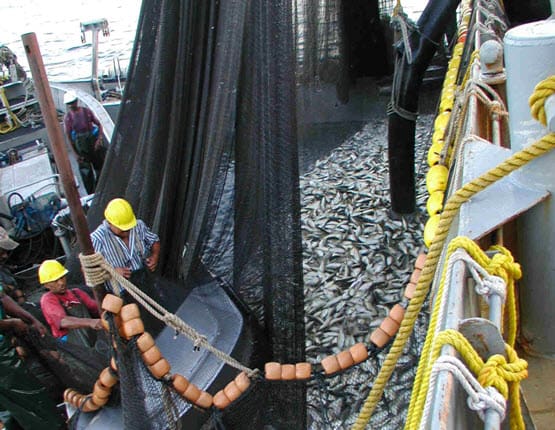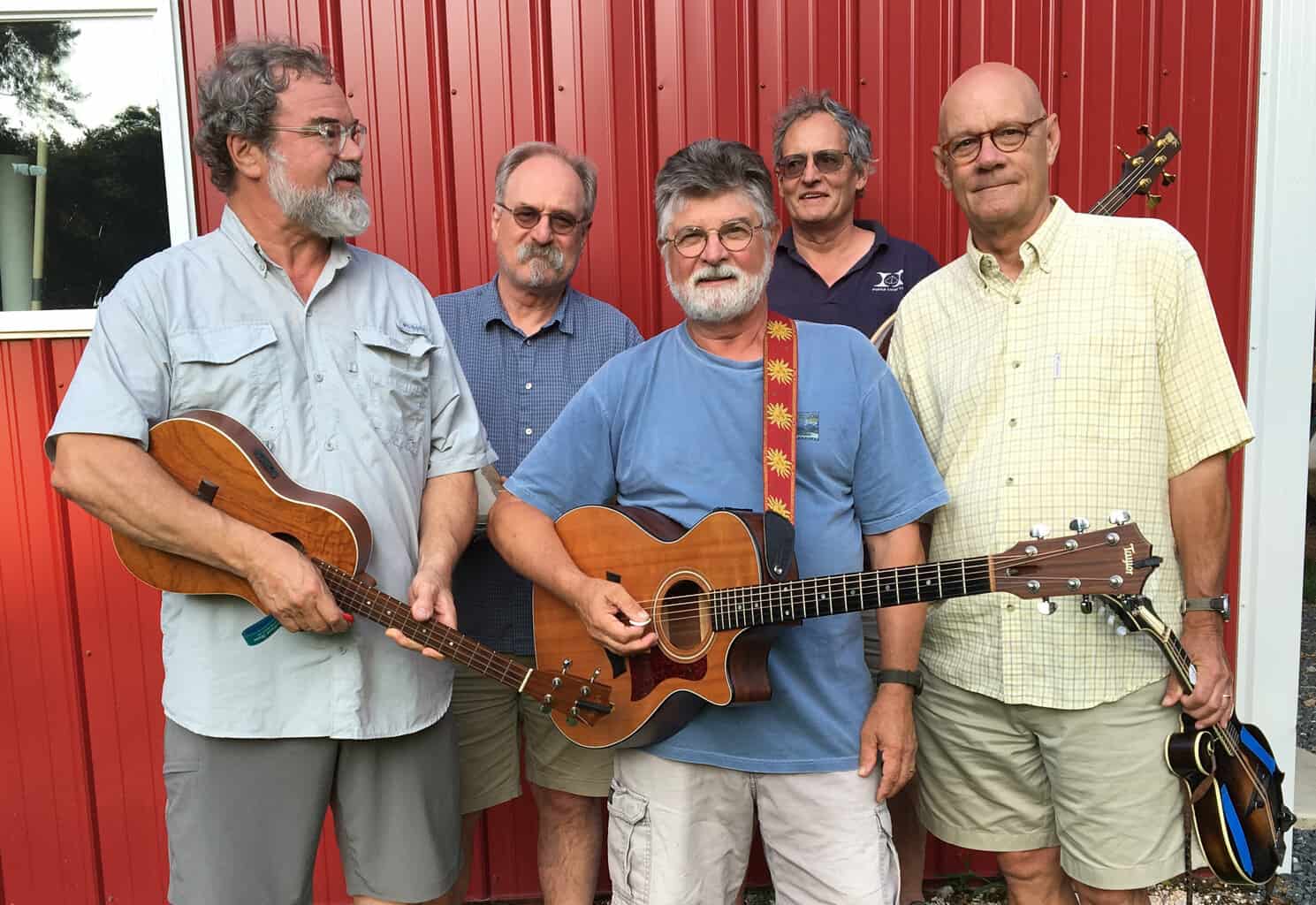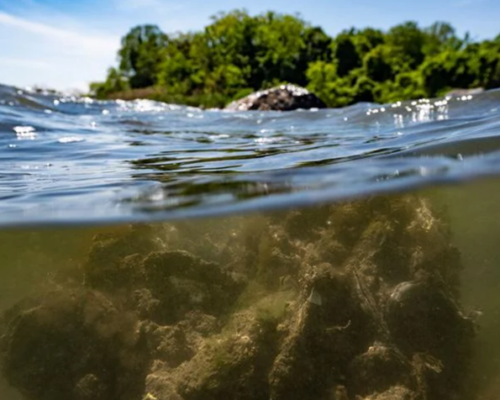A vision to bring a passenger ferry to stops around the Chesapeake Bay is moving forward, as a map of six initial proposed locations goes public.
The idea of a ferry feasibility study was launched in 2022, when Visit Annapolis and Anne Arundel County submitted a grant application to the U.S. Economic Development Administration. Neighboring counties quickly saw a huge opportunity to connect different Bay communities and got on board. The Maryland counties of St. Mary’s, Anne Arundel, Calvert, Queen Anne’s and Somerset all contributed an initial $15,000 in matching funds for the feasibility study.
Consulting company Cambridge Systematics is finishing the study’s first phase in the first half of 2024. The St. Mary’s County Commissioners heard an update this past week from Ben Cohen, the county’s lead on the ferry study. For the first time, the Commissioners saw a map with proposed routes between six targeted locations (green dots) and an expanded list of possible secondary stops (yellow dots), as seen below:
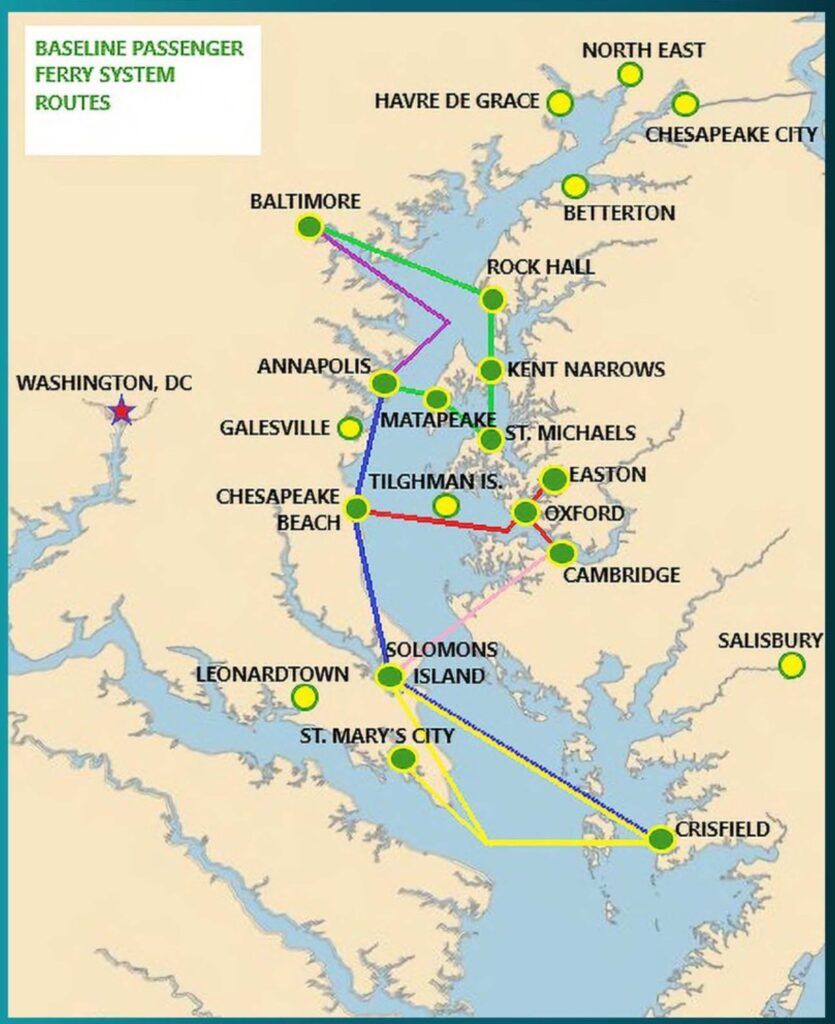
Some of the proposed routes (represented above by colored lines) would travel between:
- Annapolis & Baltimore
- Baltimore, Rock Hall, Kent Narrows, St. Michaels, Matapeake & Annapolis
- Annapolis, Chesapeake Beach, Solomons Island & Crisfield
- Chesapeake Beach, Oxford, Easton & Cambridge
- Solomons Island, St. Mary’s City & Crisfield
- Solomons Island & Cambridge
In August 2023, Cohen says Cambridge Systematics toured the entire Chesapeake Bay by boat, allowing them to experience the destinations as a ferry rider would. The study zeroes in on a passenger-only (no vehicles at this point) leisure ferry geared towards tourists rather than commuters. However, Cohen points out, once ferry infrastructure is in place and ports are strengthened, expanding to car ferries or commuter schedules could be considered.
The ferry vessel the counties are eyeing is a tourist attraction all in itself. Swedish boat manufacturer Candela’s hydrofoiling “fast electric commuting vessel” is a unique boat with a smooth ride. Candela made waves at the Annapolis Powerboat Show last fall, where several partners in the ferry study took a ride and quickly warmed up to the unusual boat.
Candela’s new commuter ferry model, the P-12, just debuted in November. The company claims it’s the fastest electric ferry as it goes airborne, then hums along on three carbon fiber wings mounted beneath the hull. Carrying 30 people, it has a range of 40-50 nautical miles and travels at 25 knots. The hydrofoils reduce energy consumption by 80 percent, Candela says, and the foils’ angles are automatically adjusted while the boat is airborne based on sensors for a seasickness-free ride.
The unique ferry would turn heads, further attracting passengers to visit its destinations, St. Mary’s County reasons. Enhancing tourism is a key goal of the ferry. The counties involved aim to bring people to their attractions, stay the night and dine in local restaurants, hopefully fueling economic growth.
The total cost of the study is $250,000. It now shifts to Phase II, evaluating the feasibility of the proposed routes and tourist sites submitted by each county. St. Mary’s County is focused on historic St. Mary’s City and Leonardtown because of their existing attractions, which highlight rural development, history and culture.
There is room for discussion on the ferry locations because, as Cohen says, “the beauty of this ferry is it’s very flexible and doesn’t require a lot of infrastructure. It can go to different ports at different times for different events,” he says. Cohen envisions supporting transit stops to move ferry passengers elsewhere around the county after they land.
The study’s Phase II includes sending out the Chesapeake Bay Passenger Ferry Ridership Survey to various stakeholders to get their input.
Based on that feedback, the partners would conduct economic modeling. And the final step of the study is to identify funding sources and potential partners.
The final report from Phase I of the study is due in June.

